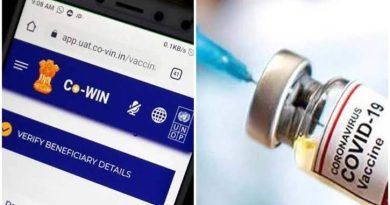Cost Puts HIV-Preventing PrEP Out of Reach for Many
[ad_1]
Yet, at the same time, the cost of a month’s supply of 30 tablets rose from $1,350 to $1,638, the study authors noted.
But isn’t PrEP covered by insurance? Yes and no, Furukawa said.
“PrEP is covered by nearly all insurance plans, most state Medicaid plans and Medicare,” he noted. “However, out-of-pocket costs for patients who have not met their deductible may still be prohibitive.”
Out-of-pocket costs shot up by nearly 15% a year during the study period. That translates to an average out-of-pocket rise from $54 a month in 2014 to $94 a month by 2018, the findings showed.
“Even though insurers cover about 94% of PrEP medication costs, patients may still have difficulties paying the remaining out-of-pocket costs, since the cost of the medication is large,” Furukawa explained.
As for those who are underinsured or lack insurance altogether, state medication assistance programs and the manufacturer of Truvada (Gilead) may offer subsidies. (Furukawa directed those interested to the nonprofit PrEPcost.org website.)
Furukawa also acknowledged that there are other impediments to PrEP acceptance beyond cost, including lack of awareness and insufficient access to health care.
Still, he suggested that lowering the cost of the medication could be an important factor in getting more people on board.
That thought was seconded by Dr. Michael Horberg, associate medical director and director of HIV/AIDS and STD at the Kaiser Permanente Care Management Institute in Rockville, Md.
While drug assistance programs are available, “pharmacy costs are always a big concern in preventive medicine,” said Horberg.
But PrEP cost is likely to fall in the coming years, he said, as a cheaper generic version of Truvada comes to market. And PrEP is also now classified as a level “A” recommended drug by the U.S. Preventive Services Task Force. That designation should drive out-of-pocket costs down to as low as zero, Horberg added.
“Nonetheless, the pharmaceutical industry should aim to lower costs, and make this readily available to all U.S. citizens who would benefit from PrEP,” Horberg said.
The findings were published Sept. 8 in the Annals of Internal Medicine.
[ad_2]
Source link

